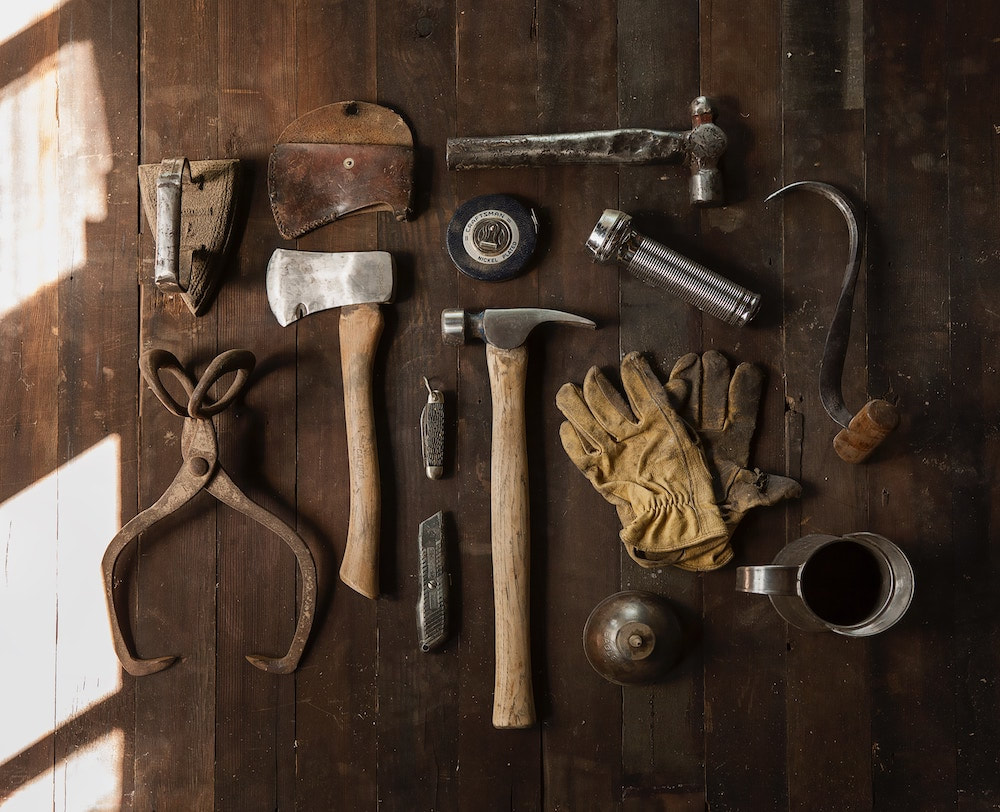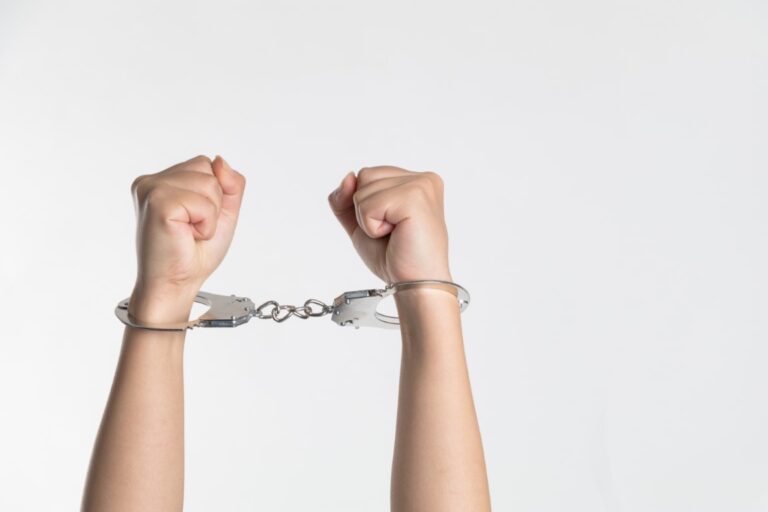How To Use Details In Your Mystery

Work With Details
As a novelist, you have the ability to use details to create the mystery in your story. Skilful use of details can hide clues, mask suspect responses, and create impactful settings. Details give you the power to guide your reader through the story.
Add details to your mystery as you write. Planning gives you broad strokes, but the writing process is the place to add details.
Details Scene-by-Scene
Because you build your story scene by scene, you have ample opportunity to use details to create the tone, hint at suspect culpability, and add clues and red herrings as your novel progresses.
For mystery writers, strategic use of details amplifies the mystery around each of the details.
- Clues. Hiding clues to deflect your sleuth and your reader is a vital method of using details to deepen the mystery. As you plan your novel, and then outline each scene you can include clues and red herrings to move your story forward. How you display the details will emphasize or hide the clues you use in each scene. A list of physical objects on a table includes an important clue, but because of the other objects, the clue is hidden in plain sight.
- Suspects. Use details about your suspects the way you use clue details. As you describe their clothing or the way they act, you can point to the true villain without giving away the true suspect. With suspects, you have the added advantage of using dialogue and actions as well as physical details. One phrase or sentence can either send your sleuth on a wild goose chase or reveal an intent. As your suspect speaks use actions to reinforce their spoken word, reveal unintended subtext, or negate the spoken word.
- Setting. While physical clues may be part of the setting, you can use the details in your setting description to add to the tone and create more mystery. When your sleuth meets a suspect for the first time – or any time – the setting around the character gives you ample space to tell your reader more about that character – the home, where she hangs out, organized or disorganized. You add information about the suspect by describing their world. Add dimension by relating those details to the victim’s world.
- Foreshadowing. Build suspense with tiny details that hint at a later event. Foreshadowing details can lead to a reason why a suspect is not the killer or to the final reveal. Details early on in your story can also foreshadow a crisis scene where your sleuth is emotionally or physically challenged from feeling like
giving up to being tied up in the killer’s basement which the sleuth and the reader saw early in your story under another context.
The Small Bits that Build Your Story
When you begin your mystery, the concept of using details can seem overwhelming. In the planning stage, break down your story into manageable sections like chapters and scenes. As you write each scene add details. Whether you plant clues, reveal red herrings, create suspicion about a suspect, or foreshadow a thrilling climax details keep your reader interested in the page they are reading now.
Broad strokes work as you are planning, but when you write, details enrich the reader’s experience of the story page-by-page.
Zara Altair
Photo by Todd Quackenbush on Unsplash





